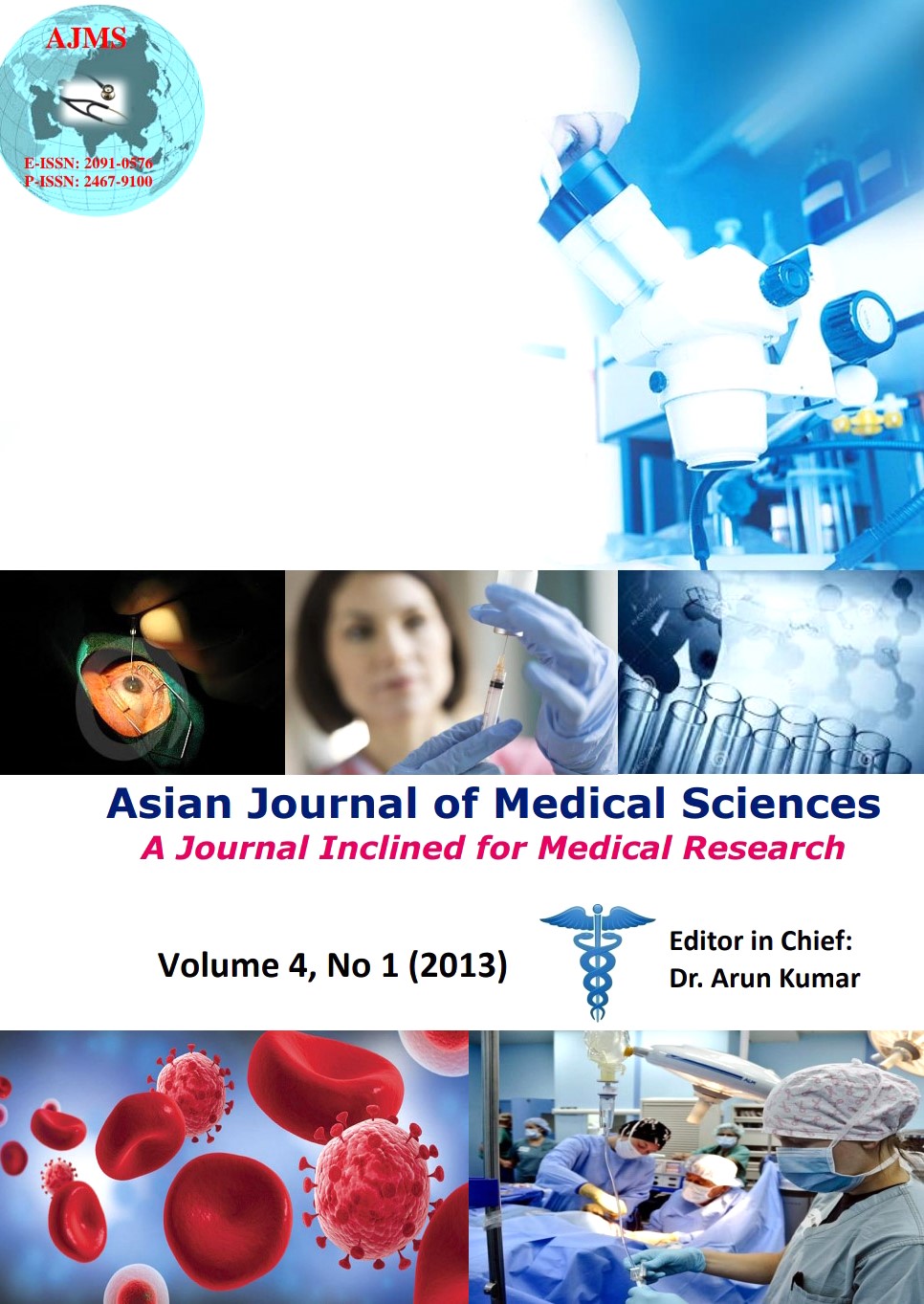Peripartum Hysterectomy in a Teaching Hospital in India
Keywords:
Morbidly adherent placenta, uterine rupture, Peripartum hysterectomy, coagulopathyAbstract
Objectives: To find the incidence and clinical implications of peripartum hysterectomy in a tertiary care centre of India.
Methods: A retrospective study of all cases of caesarean and postpartum hysterectomy between January 2006 and December 2011. Maternal characteristics, method of delivery, indications for hysterectomy and complications were reviewed.
Results: The rate of peripartum hysterectomy was 0.47:1000 deliveries. Most were operative deliveries. The main indications were placenta accreta (38.88%), massive atonic PPH (36.11%) and uterine rupture (22.22%). Half the hysterectomies were subtotal while the rest were total. Maternal morbidity was high and there were seven maternal deaths (19.44%). All deaths were in patients brought in a critical condition to the hospital after massive blood loss.
Conclusion: Peripartum hysterectomy is potentially a life saving procedure but the mortality and morbidity is high, especially if performed late when the hemodynamic instability has already set in.
DOI: http://dx.doi.org/10.3126/ajms.v4i1.6967
Asian Journal of Medical Sciences 4(2013) 5-9
Downloads
Downloads
Published
How to Cite
Issue
Section
License
Authors who publish with this journal agree to the following terms:
- The journal holds copyright and publishes the work under a Creative Commons CC-BY-NC license that permits use, distribution and reprduction in any medium, provided the original work is properly cited and is not used for commercial purposes. The journal should be recognised as the original publisher of this work.
- Authors are able to enter into separate, additional contractual arrangements for the non-exclusive distribution of the journal's published version of the work (e.g., post it to an institutional repository or publish it in a book), with an acknowledgement of its initial publication in this journal.
- Authors are permitted and encouraged to post their work online (e.g., in institutional repositories or on their website) prior to and during the submission process, as it can lead to productive exchanges, as well as earlier and greater citation of published work (See The Effect of Open Access).




